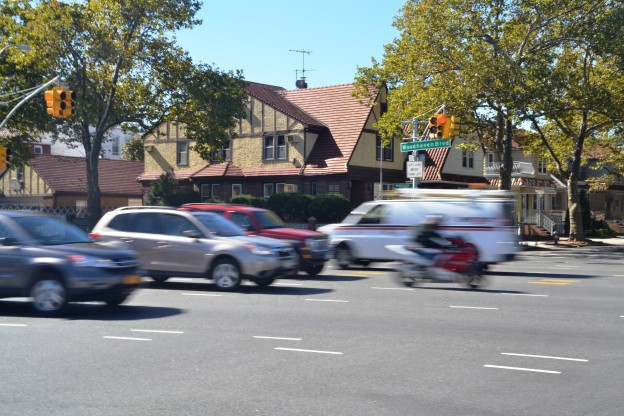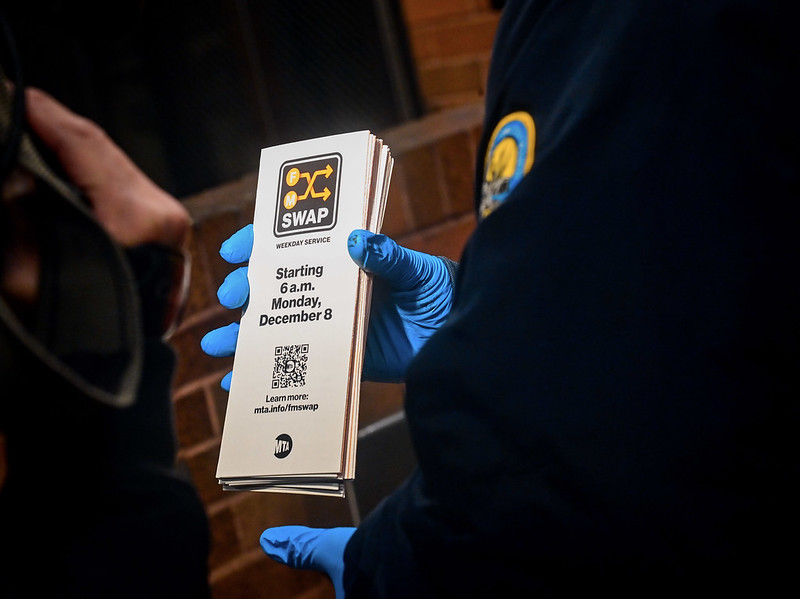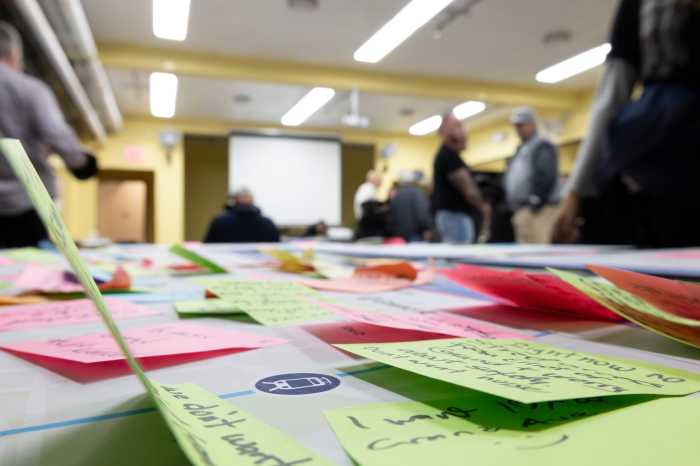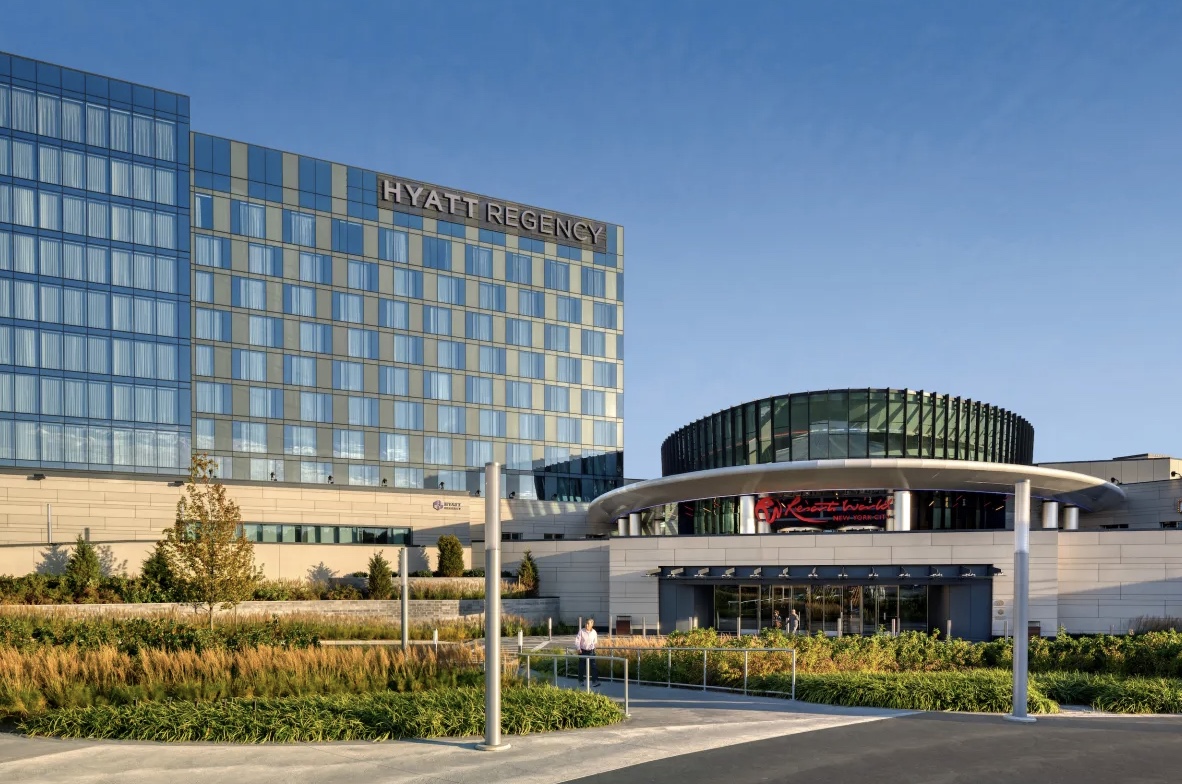UPDATED: Monday, Oct. 12, 12:40 p.m.
More than 1,200 people were injured — and eight people died — in accidents along Woodhaven and Cross Bay boulevards over a 2 1/2-year period, according to transit advocates.
Last month the BRT for NYC coalition, a group of labor unions, advocates and business associations that support the Bus Rapid Transit (BRT) plan, announced the findings of their newest study analyzing the crash patterns along the Woodhaven Boulevard/Cross Bay Boulevard BRT corridor.
The study found that along Woodhaven Boulevard, there have been more than 1,200 injuries and eight fatalities between July 2012 and December 2014. A representative from the Department of Transportation (DOT) verified those statistics with The Courier. The inclusion of the Cross Bay Boulevard section raises that number to 1,243 injuries, according to BRT for NYC’s findings.
“Recent car and bus crashes on Woodhaven Boulevard have gotten a lot of attention, but unfortunately they’re nothing new. We need transportation options that are safe for bus riders, for car drivers and for pedestrians trying to cross the street,” said John Raskin, executive director of Riders Alliance, member of BRT for NYC. “Bus Rapid Transit will help thousands of people get to work and get around the neighborhood, but it will also make the street safer.”
The BRT for NYC coalition highlighted five of the most dangerous intersections along the Woodhaven/Cross Bay BRT corridor. Those intersections are as follows:
- 101st Avenue and Woodhaven Boulevard – 42 crashes
- Jamaica Avenue and Woodhaven Boulevard – 38 crashes
- Queens Boulevard and Woodhaven Boulevard – 32 crashes
- Atlantic Avenue and Woodhaven Boulevard – 32 crashes
- Rockaway Boulevard and Woodhaven Boulevard – 30 crashes
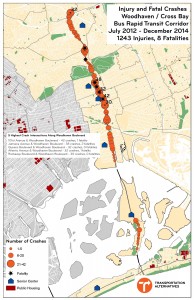
“We can vastly reduce the number of crashes on these deadly intersections by implementing BRT,” said Paul Steely White, executive director of Transportation Alternatives. “With dedicated bus lanes and an overall safer environment for drivers and pedestrians, BRT can help mitigate the risk at these dangerous intersections along Woodhaven Bus Rapid Transit corridor.”
Advocates for the BRT plan believe that it will make Woodhaven Boulevard, and roadways like it, safer for commuters, drivers and pedestrians.
“As a rider and pedestrian who commutes and walks respectively along Woodhaven Boulevard, I see these dangerous intersections firsthand. BRT can make my neighborhood safer,” said Ruben Ramales, Woodhaven resident and Riders Alliance member. “Every time I see someone having to sprint across Woodhaven, I think of how much it needs a street redesign.”
According to the DOT, a BRT or Select Bus Service (SBS) option along Woodhaven Boulevard will provide substantial improvements to a key bus corridor, and a critical connection to other regional transit modes. Woodhaven Boulevard provides the only substantial north-south transit connection through this section of Queens.
The DOT proposes that a dedicated right-of-way for bus service will help the over 31,000 people that ride the bus on this corridor every day and suffer from slow or unreliable bus trips. Additionally, a BRT or SBS plan could help calm traffic along Woodhaven Boulevard, which is one of the most dangerous in the city in terms of crashes and injuries per mile, as this study shows.
“The goal of the proposed Woodhaven Boulevard SBS project is to expand transit options for Queens residents by making bus service faster and more reliable, while also providing safety benefits for pedestrians and drivers, and maintaining traffic flow along a high-crash corridor,” said a spokesperson for the DOT. “NYC DOT and the MTA will continue outreach and dialogue with stakeholders and the community in a variety of settings in the coming months as we design this critical safety and transit-oriented project.”
To conduct the analysis, Transportation Alternatives, a member of the BRT for NYC Steering Committee, used traffic crash data along Woodhaven Boulevard from July 2012 to Dec. 2014, sourced from the NYPD’s Motor Vehicle Collisions Database.

